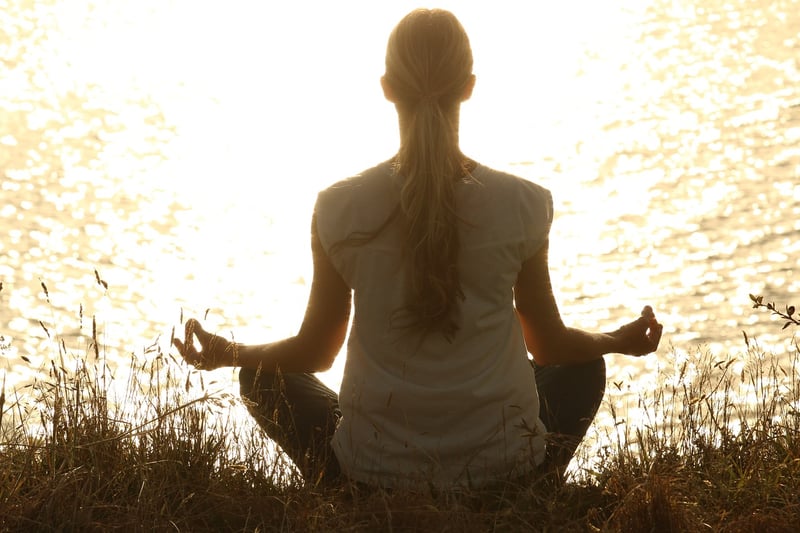Deep relaxation
Practices to Regulate Breathing and Achieve Deep Relaxation
In today's fast-paced world, stress and anxiety have become a common part of our lives. One effective way to combat these issues is by regulating our breathing and practicing deep relaxation techniques. By incorporating simple breathing exercises and relaxation practices into our daily routine, we can significantly improve our overall well-being and mental health.
The Importance of Breathing Regulation
Proper breathing techniques can have a profound impact on our physical and mental health. When we are stressed or anxious, our breathing tends to become shallow and rapid, leading to increased feelings of tension and unease. By learning how to regulate our breathing, we can activate the body's relaxation response, which can help reduce stress, improve focus, and promote a sense of calm.
Simple Breathing Exercises to Try
- Deep Belly Breathing: Sit or lie down comfortably, place one hand on your chest and the other on your belly. Inhale deeply through your nose, allowing your belly to rise as you fill your lungs with air. Exhale slowly through your mouth, feeling your belly fall. Repeat for several breaths.
- 4-7-8 Breathing: Inhale quietly through your nose for a count of 4, hold your breath for a count of 7, and exhale audibly through your mouth for a count of 8. This exercise can help calm the nervous system and induce relaxation.
- Nadi Shodhana (Alternate Nostril Breathing): Sit comfortably, use your right thumb to close your right nostril and inhale through your left nostril. Close your left nostril with your right ring finger, release the right nostril, and exhale through the right nostril. Continue this pattern for a few minutes.
Deep Relaxation Techniques
Deep relaxation practices can help release tension from the body and calm the mind. These techniques are beneficial for promoting restful sleep, reducing anxiety, and improving overall mental clarity. Here are some methods you can try:
- Progressive Muscle Relaxation: Start by tensing and then relaxing each muscle group in your body, moving from your toes to your head. This technique can help release physical tension and promote a sense of relaxation.
- Guided Imagery: Close your eyes and imagine yourself in a peaceful, serene place. Visualize every detail of this place, engaging your senses to create a vivid mental image. This practice can help reduce stress and promote relaxation.
- Body Scan Meditation: Lie down comfortably and bring your awareness to different parts of your body, scanning for any areas of tension or discomfort. As you identify these areas, focus on relaxing them through deep breathing and mindfulness.
By incorporating these breathing exercises and relaxation techniques into your daily routine, you can cultivate a greater sense of calm, reduce stress levels, and improve your overall well-being. Remember to practice these techniques regularly to experience their full benefits.

Take the time to prioritize your mental health and wellness by exploring the power of breathing regulation and deep relaxation. Your mind and body will thank you for it!
